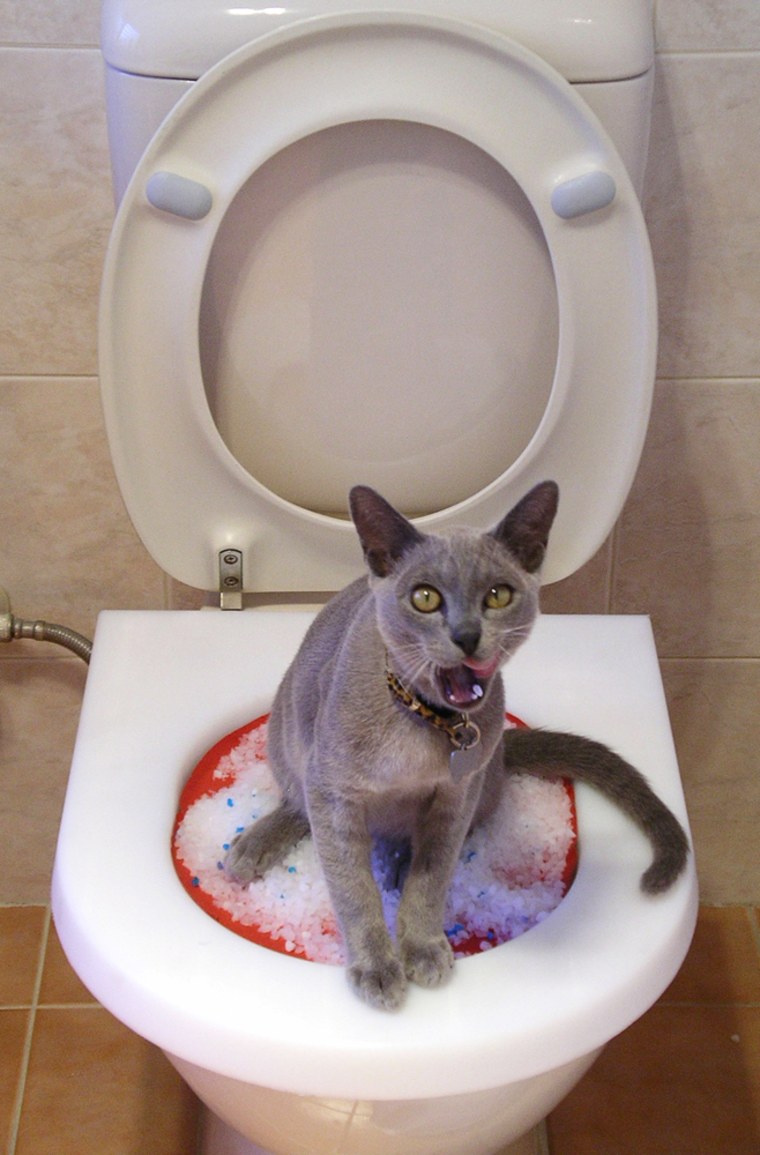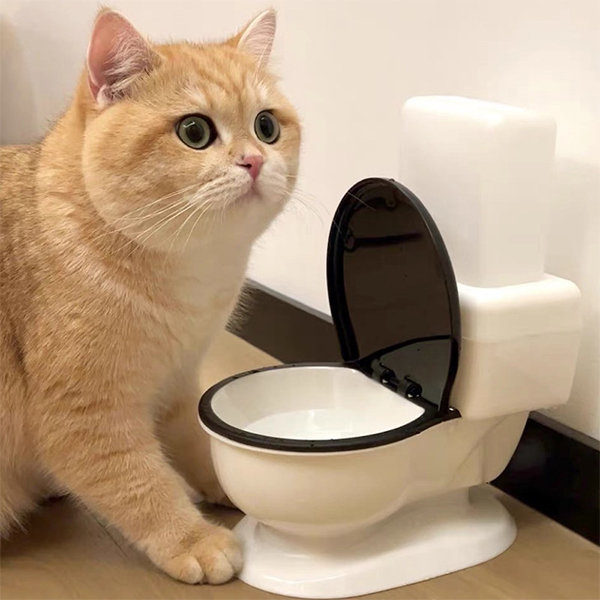This article in the next paragraphs relating to How to Dispose of Cat Poop and Litter Without Plastic Bags is unquestionably compelling. Have a go and make your own personal findings.

Introduction
As pet cat proprietors, it's vital to bear in mind just how we dispose of our feline friends' waste. While it may appear practical to flush pet cat poop down the commode, this method can have destructive repercussions for both the atmosphere and human wellness.
Alternatives to Flushing
Fortunately, there are much safer and a lot more accountable ways to throw away pet cat poop. Consider the complying with options:
1. Scoop and Dispose in Trash
One of the most usual approach of getting rid of feline poop is to scoop it right into an eco-friendly bag and throw it in the trash. Make sure to make use of a devoted trash scoop and throw away the waste without delay.
2. Use Biodegradable Litter
Choose naturally degradable pet cat litter made from materials such as corn or wheat. These litters are environmentally friendly and can be securely disposed of in the garbage.
3. Bury in the Yard
If you have a lawn, think about hiding pet cat waste in a designated area far from veggie gardens and water sources. Make sure to dig deep enough to prevent contamination of groundwater.
4. Mount a Pet Waste Disposal System
Buy a pet dog garbage disposal system specifically developed for pet cat waste. These systems make use of enzymes to break down the waste, lowering smell and environmental influence.
Wellness Risks
Along with environmental worries, purging feline waste can additionally pose health and wellness risks to people. Cat feces might have Toxoplasma gondii, a bloodsucker that can cause toxoplasmosis-- a potentially extreme health problem, particularly for pregnant females and individuals with damaged body immune systems.
Environmental Impact
Purging pet cat poop introduces hazardous pathogens and bloodsuckers right into the supply of water, posing a substantial risk to marine environments. These contaminants can adversely affect aquatic life and compromise water top quality.
Final thought
Liable animal possession extends beyond giving food and sanctuary-- it likewise entails proper waste monitoring. By refraining from purging feline poop down the toilet and selecting alternative disposal approaches, we can decrease our ecological footprint and shield human wellness.
Why Can’t I Flush Cat Poop?
It Spreads a Parasite
Cats are frequently infected with a parasite called toxoplasma gondii. The parasite causes an infection called toxoplasmosis. It is usually harmless to cats. The parasite only uses cat poop as a host for its eggs. Otherwise, the cat’s immune system usually keeps the infection at low enough levels to maintain its own health. But it does not stop the develop of eggs. These eggs are tiny and surprisingly tough. They may survive for a year before they begin to grow. But that’s the problem.
Our wastewater system is not designed to deal with toxoplasmosis eggs. Instead, most eggs will flush from your toilet into sewers and wastewater management plants. After the sewage is treated for many other harmful things in it, it is typically released into local rivers, lakes, or oceans. Here, the toxoplasmosis eggs can find new hosts, including starfish, crabs, otters, and many other wildlife. For many, this is a significant risk to their health. Toxoplasmosis can also end up infecting water sources that are important for agriculture, which means our deer, pigs, and sheep can get infected too.
Is There Risk to Humans?
There can be a risk to human life from flushing cat poop down the toilet. If you do so, the parasites from your cat’s poop can end up in shellfish, game animals, or livestock. If this meat is then served raw or undercooked, the people who eat it can get sick.
In fact, according to the CDC, 40 million people in the United States are infected with toxoplasma gondii. They get it from exposure to infected seafood, or from some kind of cat poop contamination, like drinking from a stream that is contaminated or touching anything that has come into contact with cat poop. That includes just cleaning a cat litter box.
Most people who get infected with these parasites will not develop any symptoms. However, for pregnant women or for those with compromised immune systems, the parasite can cause severe health problems.
How to Handle Cat Poop
The best way to handle cat poop is actually to clean the box more often. The eggs that the parasite sheds will not become active until one to five days after the cat poops. That means that if you clean daily, you’re much less likely to come into direct contact with infectious eggs.
That said, always dispose of cat poop in the garbage and not down the toilet. Wash your hands before and after you clean the litter box, and bring the bag of poop right outside to your garbage bins.
https://trenchlesssolutionsusa.com/why-cant-i-flush-cat-poop/

I hope you enjoyed reading our part on Can You Flush Cat Poop Down The Toilet?. Thanks for finding the time to browse our piece of content. Do you know about another individual who is intrigued by the subject? Take a moment to promote it. Thanks for your time. Visit us again soon.
Information Here